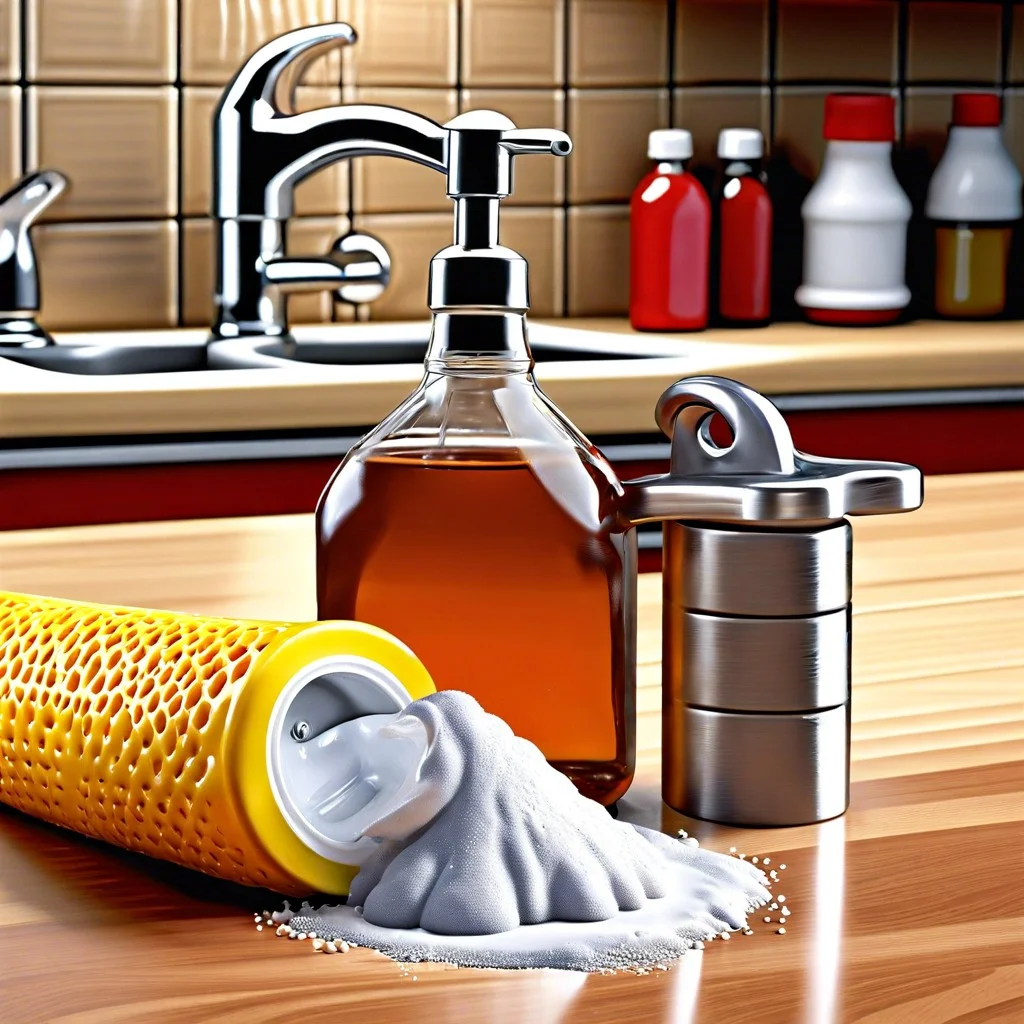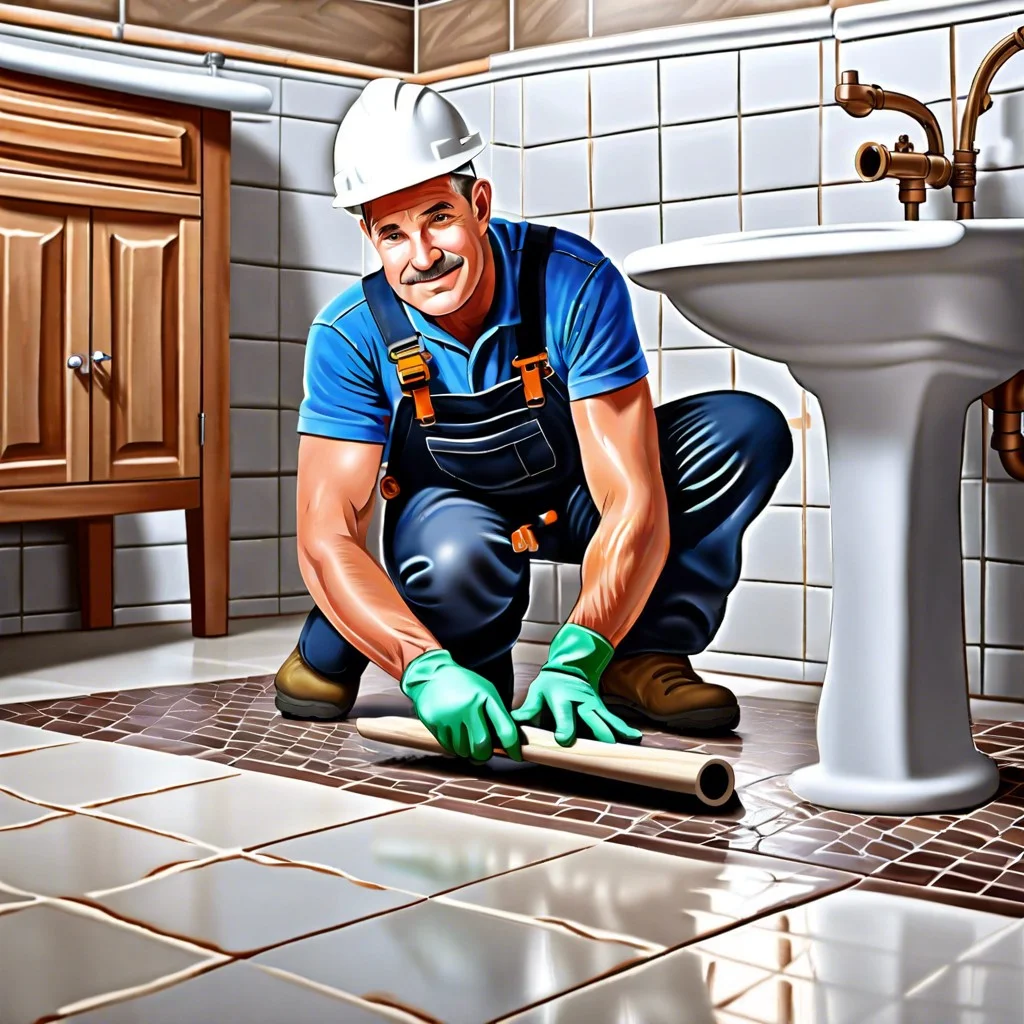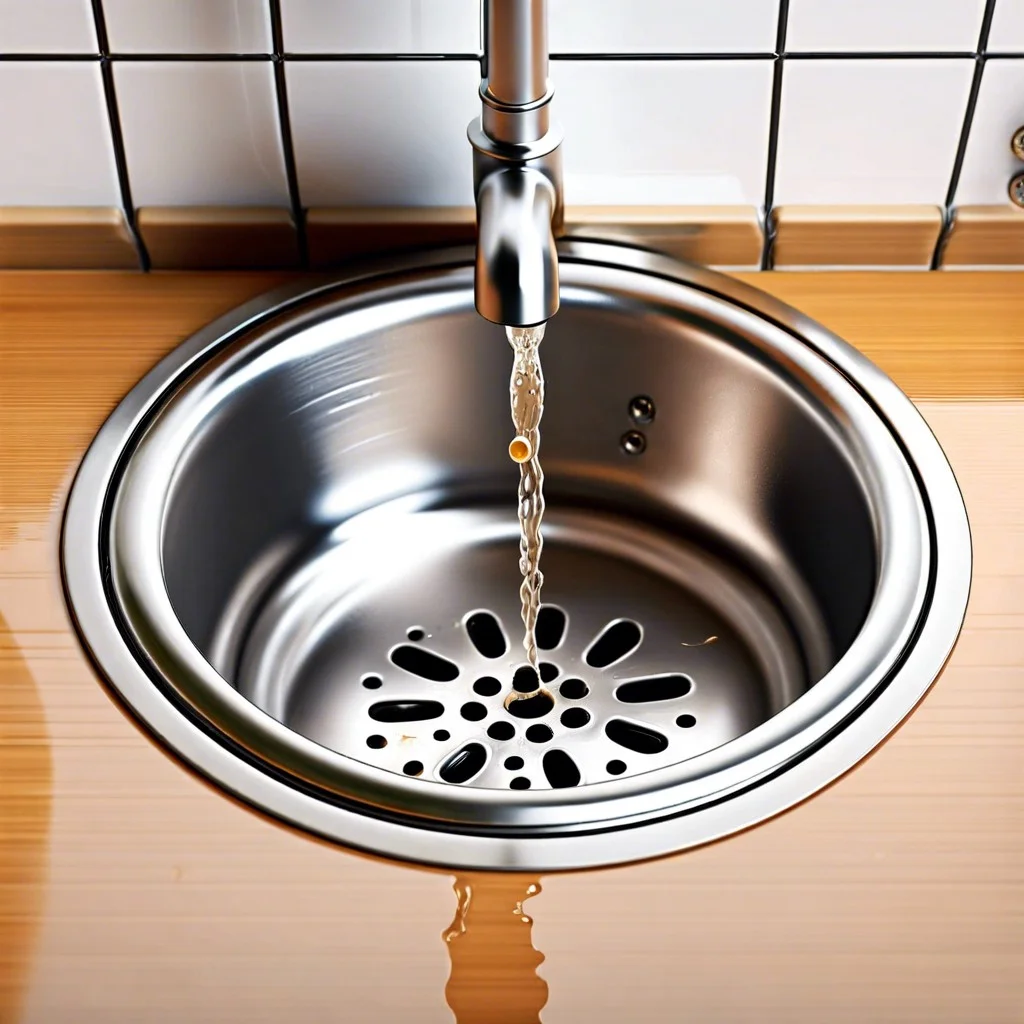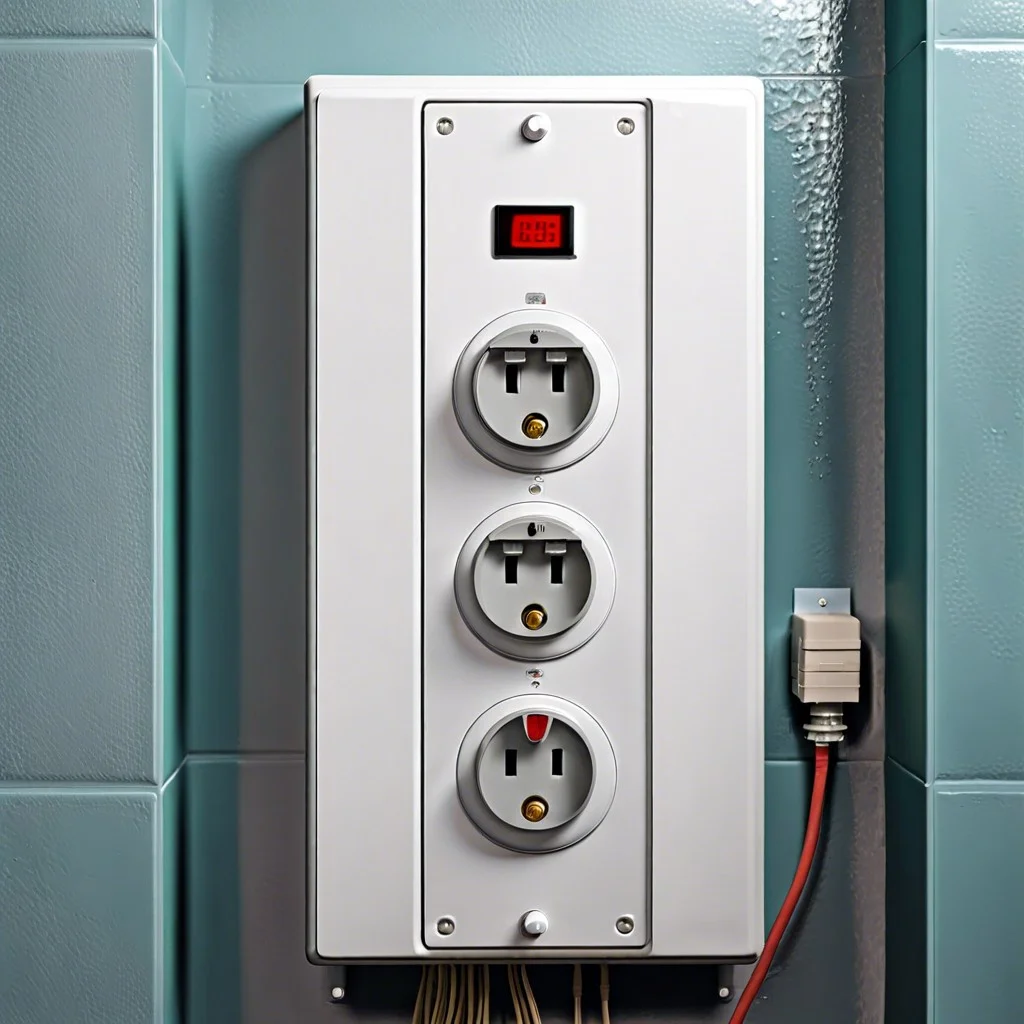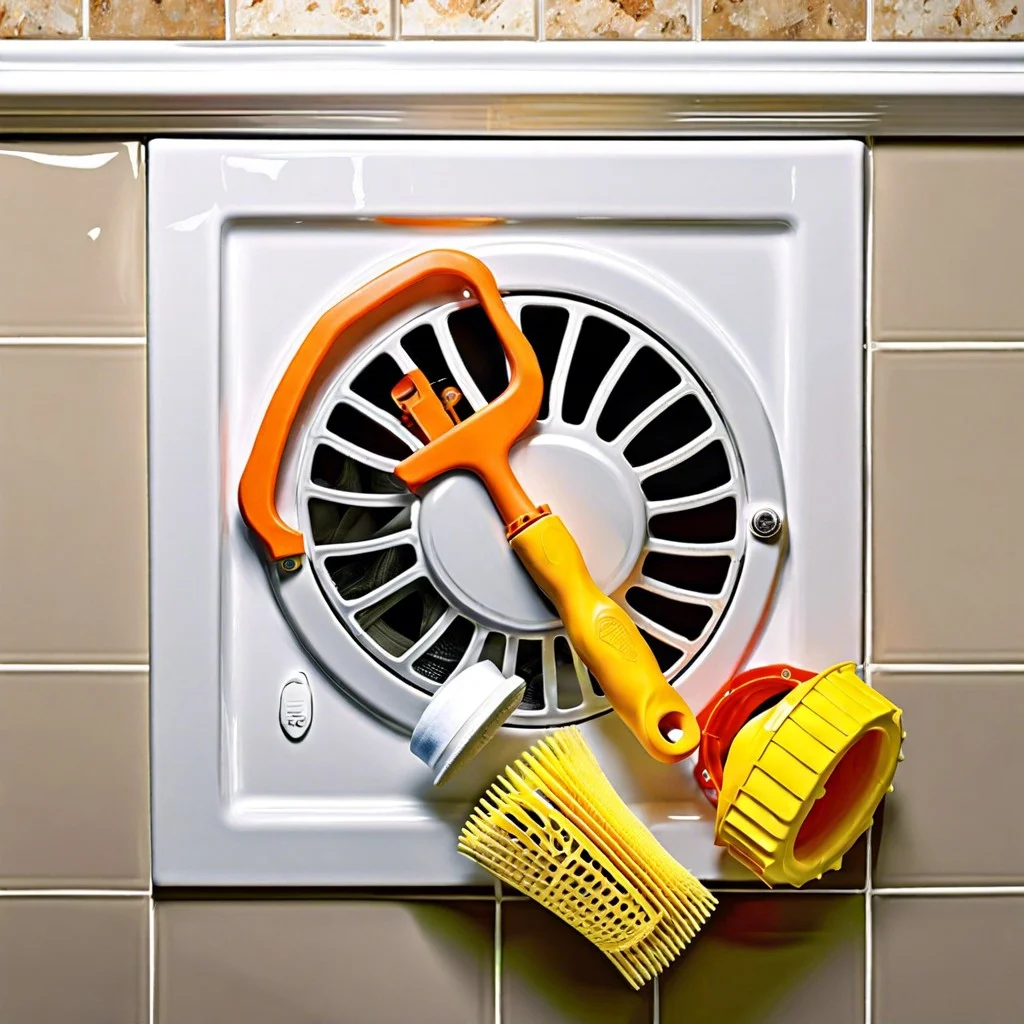Last updated on
Discover why your toilet smells like sewage and learn the simple solutions to fix it.
Key takeaways:
- Dry P-trap: Run water to refill and stop smells.
- Clogged Toilet Drain: Use plunger or snake tool for blockages.
- Broken or Clogged Vent Pipe: Check for obstructions; call pro if needed.
- Damaged Wax Ring: Look for cracks; fix or call pro.
- Professional Plumbing Help: Plumbers solve hidden issues; prevent DIY mishaps.
Dry P-trap
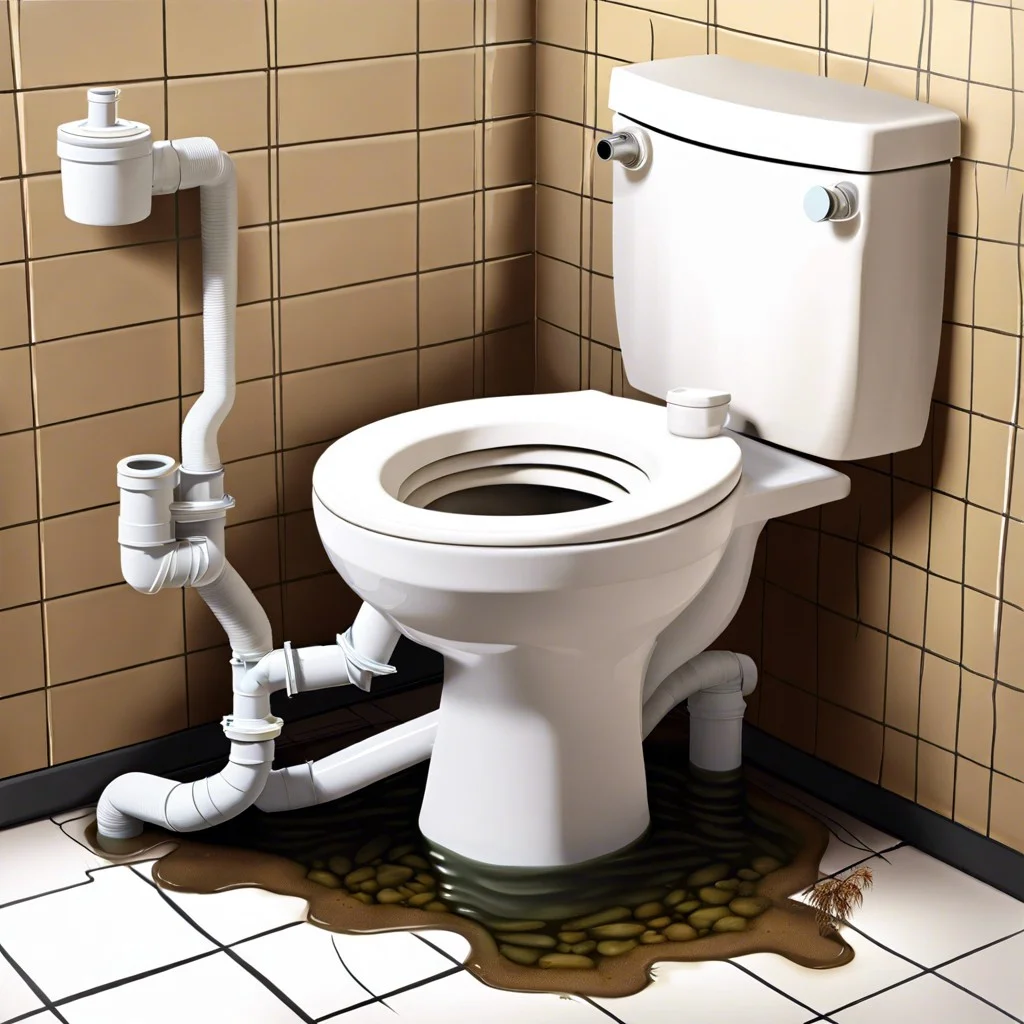
So, you’re dealing with a bathroom that smells like a college frat house on Sunday morning? It might be a dry P-trap.
First off, what’s a P-trap? It’s that U-shaped pipe under your sink or toilet that holds a small amount of water to block sewer gases from sneaking up and invading your nostrils.
When the P-trap dries out—maybe because a fixture hasn’t been used in a while—there’s no water barrier to stop that stinky gas from making a grand entrance.
Try running water into all your toilets, sinks, and drains for a few minutes. This can refill the P-trap and hopefully send those unpleasant odors packing. If the smell persists, you might have to dig deeper, but always start with the simplest fix.
Think of it like hydrating your bathroom. Even pipes get thirsty!
Clogged Toilet Drain
A common culprit for that unpleasant aroma is a blockage in the toilet drain. Think of your toilet drain like a highway—when there’s a traffic jam, everything starts to back up.
- Slow Flushing or No Flushing at All – If your toilet takes forever to flush or won’t flush completely, it’s a strong indication something’s stuck down there. Could be anything from toilet paper to a misplaced toy.
- Odd Gurgling Sounds – Does your toilet burble like a swamp monster? That’s the sound of trapped air escaping due to a partial blockage.
- Water Rising in Other Drains – Notice water bubbling up in the shower or sink when you flush? The clog isn’t just local; it’s spreading its mischief through your plumbing network.
Unclogging might be as simple as using a plunger for minor blockages. For more stubborn clogs, a plumbing snake or auger might be your new best friend. But hey, if the problem persists, it’s time to call in the pros.
Broken or Clogged Vent Pipe
The vent pipe plays a crucial role in maintaining toilet functionality. When it’s broken or clogged, the harmonious swoosh of waste cascading down the drain can be rudely interrupted by trapped air and gases. Think of it as a bottleneck in a crowded hallway: everything backs up, smells included.
Picture this: The vent pipe allows sewer gases to escape out of your home. If it’s clogged, those lovely aromas have nowhere to go but into your bathroom. Gross, right? A simple inspection can reveal leaves, debris, or even the occasional bird’s nest blocking it.
On the flip side, if the vent pipe is broken, sewer gases can leak through the cracks before ever reaching the open air. This invisible enemy can release odors like a stealthy ninja, creeping into every corner of your bathroom.
A quick solution: Grab a flashlight, climb to your roof (safely, of course), and check for obvious obstructions. For any broken pipe scenario, calling a professional is your best bet.
Damaged Wax Ring
Imagine your toilet resting on a cushion of impenetrable grossness. That would be the wax ring. This unsung hero ensures no unwanted aromas sneak out while keeping water securely where it belongs.
But when this waxy wonder cracks or shifts, all bets are off. The result? A charming sewage stench wafting through your bathroom, uninvited and definitely unwelcome.
Here’s what could go wrong:
- Harsh cleanings and age can erode the wax ring.
- Even small movements in the toilet can break the seal.
- Improper installation leaves gaps for smells to escape.
If you suspect a compromised wax ring, it’s time to get comfy with a plumbing wrench or call in a pro. Your nose will thank you.
Bacteria Build-up
When toilet bowls or tanks aren’t cleaned regularly, bacteria can have a field day. These microorganisms, especially those from waste, can multiply and create quite the stench.
One culprit could be biofilm. This delightful goo is a collection of bacteria that stick together on surfaces. It builds up over time, especially in places you can’t scrub easily, like under the rim or inside the tank.
Another factor is residue from hard water. If you’re lucky enough to have mineral-rich water, you might also get lovely deposits that bacteria just love to latch onto.
Believe it or not, even cleaning tools like toilet brushes can harbor nasty bacteria. Think about giving that brush a good clean too. Or maybe it’s time for a new one.
Lastly, remember that flushing alone won’t kill bacteria. Regular cleaning with proper disinfectants is necessary to keep the throne room fresh and inviting.
Sewer Backup
Yikes! When the sewer line goes rogue, all kinds of nastiness can back up into your home, and your toilet becomes the unwitting victim. Essentially, think of it as a reverse evacuation—gross, huh?
First, let’s get nerdy for a sec. Your plumbing system is like a one-way street. When something blocks or breaks that path, everything meant to go out…well, doesn’t.
- Signs to watch for:
- Multiple drains are slow or clogged.
- Your toilet gurgles like it’s trying to speak Parseltongue.
- Bad smells that can peel paint off the walls.
Potential culprits could be tree roots (Mother Nature’s mischievous side), flushable wipes (spoiler: not really flushable), or even household grease solidifying into an evil drain blocker. Beat the blockage, save your sanity.
Full Septic Tank
If your house relies on a septic tank, all those regular flushes and lazy Sunday showers contribute to its filling up. Eventually, it reaches capacity, causing a nose-wrinkling issue.
When the sewage can’t find its way out, it tries to escape somehow. Up through the pipes? Yeah, that’s one option, and you can guess where it surfaces: your toilet bowl. Here’s what might be happening:
- The tank is overflowing because it needs to be pumped. Simply, it’s full.
- Wastewater backs up into your toilet because it has nowhere else to go.
- The overflow might leak into your yard, making you the least popular neighbor on the block.
The solution is simple: get the tank pumped regularly. Your nose (and your neighbors) will thank you.
Inspecting the Toilet for Cracks
Cracks in the toilet bowl or tank can be sneaky troublemakers. Tiny fissures can let out unpleasant odors, and worse, leak water that invites mold and mildew.
Start by giving the toilet a good visual inspection. Look closely at the base and around the tank for any hairline cracks.
A good trick is to use food coloring. Add a few drops to the tank, wait 20 minutes, and see if any colored water appears outside the tank or bowl. If it does, you’ve found your culprit.
Don’t forget inside the bowl. Sometimes, a crack is just waiting to expand, leading to future chaos. Catching it early can save you from unexpected waterworks and stink.
Leaky or Poorly Installed Pipes
A smelly toilet can often be blamed on leaky or poorly installed pipes. Here are some points to help you grasp this:
First, leaks can occur when pipes aren’t sealed properly. Water and the occasional unpleasant odor can escape.
Second, pipes that are incorrectly installed might not align correctly. This misalignment can create spaces for odors to seep out.
Third, older pipes may develop cracks or break down over time. Even a small crack can let sewer gases into your bathroom.
Finally, loose connections can be a sneaky culprit. These can shift over time, causing gaps that allow sewer smells to sneak through.
Keep an eye (or nose) out for these plumbing pitfalls—your nostrils will thank you.
Professional Plumbing Help
Sometimes, it’s best to call in the pros. If you’ve checked all possibilities and the smell persists, you might be dealing with something bigger than a pesky blockage.
Plumbers bring expertise and specialized equipment to sniff out hidden issues. They can inspect pipes with cameras, locate leaks, and ensure vents and seals are in top condition. They’re like the bathroom detectives, solving mysteries hidden in your plumbing.
A plumber can also prevent DIY disasters. Trying to fix or diagnose issues yourself can sometimes make things worse. Plus, you’ll save time and frustration.
Lastly, plumbers can offer long-term solutions, not just quick fixes. They’ll ensure your toilet not only smells fresh but stays that way. It’s peace of mind, with a pinch of expertise.
Recap
